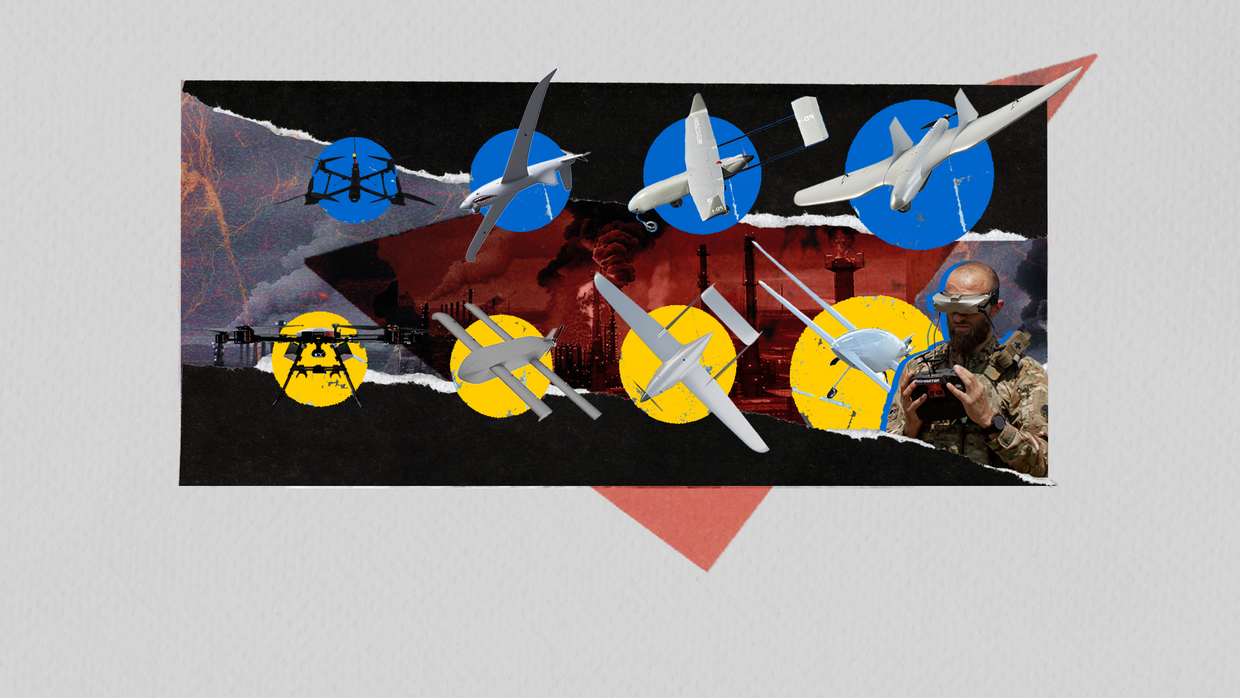Digitalisation is increasingly becoming a pillar of Australia's mining industry across upstream and downstream operations.
Mining companies with digital ambitions are exploring a broad spectrum of innovations for continuous improvement, from AI to 3D modelling technology.
In lieu of relying solely on in-house research and development (R&D), which can be insular and pose difficulties in terms of cost and scalability, university-led research offers access to expertise, specialised facilities and market opportunities.
Collaboration benefits not only participating companies but the broader industry through long-term knowledge-sharing, with the Minerals Council of Australia identifying both miners and universities as “driving the unprecedented rate of technological change across the industry”.
Australia’s mining sector is supported by world-class academic institutions conducting cutting-edge research on digitalisation, as the nation works to streamline production and maintain its position as a major player in the global critical minerals race.
University of Queensland professor Mohsen Yahyaei tells Mining Technology that: “Australia is at the forefront of mining digitalisation, setting global benchmarks in automation, AI and data-driven decision making.”
Indeed, Australian mining megacorps have pioneered digitally connected operations. Since 2019, industry leader Rio Tinto has been optimising its digitally automated rail network, AutoHaul, to transport iron ore from its mines in Western Australia’s Pilbara region. This is the world’s first and largest heavy-haul long distance autonomous train service.
A report by Mining Technology’s parent company, GlobalData, titled Development of Autonomous Trucks in the Global Mining Sector finds that Australia had the largest fleet of 927, far ahead of competitors China with 562 and Canada with 289, as of July 2024.
Automated software processes and AI programming can also analyse geological and exploration data, performance data from machinery, and data on safety and production processes. Rio Tinto’s CIO, Dan Evans, previously told Mining Technology that this is “vital for gaining competitive advantage”.
Digital twins are another burgeoning tool being used to meet the global raw materials challenge. Using data collected from physical assets and 3D models, a digital render can be used for process simulations to improve productivity and safety at mining sites. For several years, Australia’s biggest gold miner, Newcrest, has been working on digitally replicating its flagship Cadia mine in New South Wales.
.png)
 German (DE)
German (DE)  English (US)
English (US)  Spanish (ES)
Spanish (ES)  French (FR)
French (FR)  Hindi (IN)
Hindi (IN)  Italian (IT)
Italian (IT)  Russian (RU)
Russian (RU) 








Comments